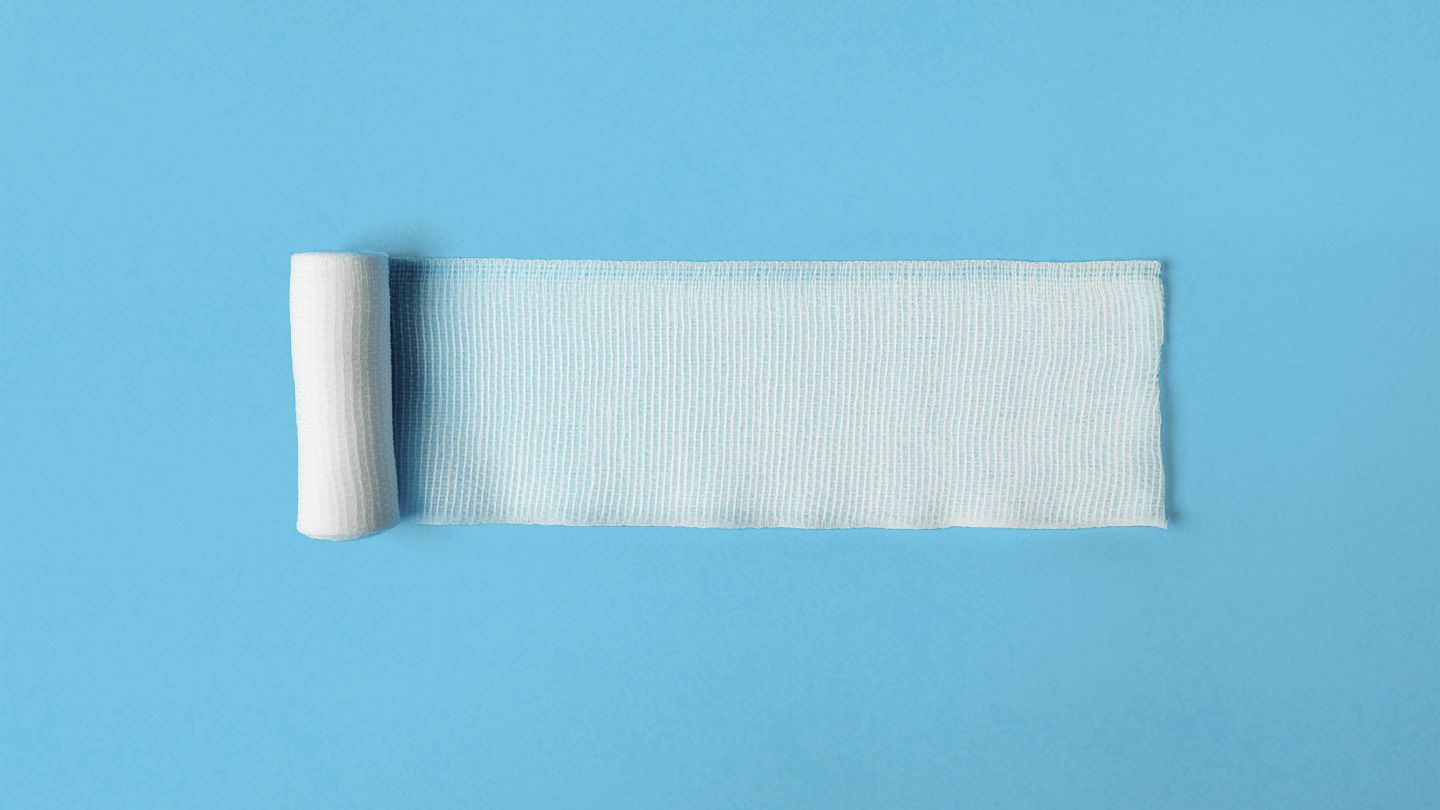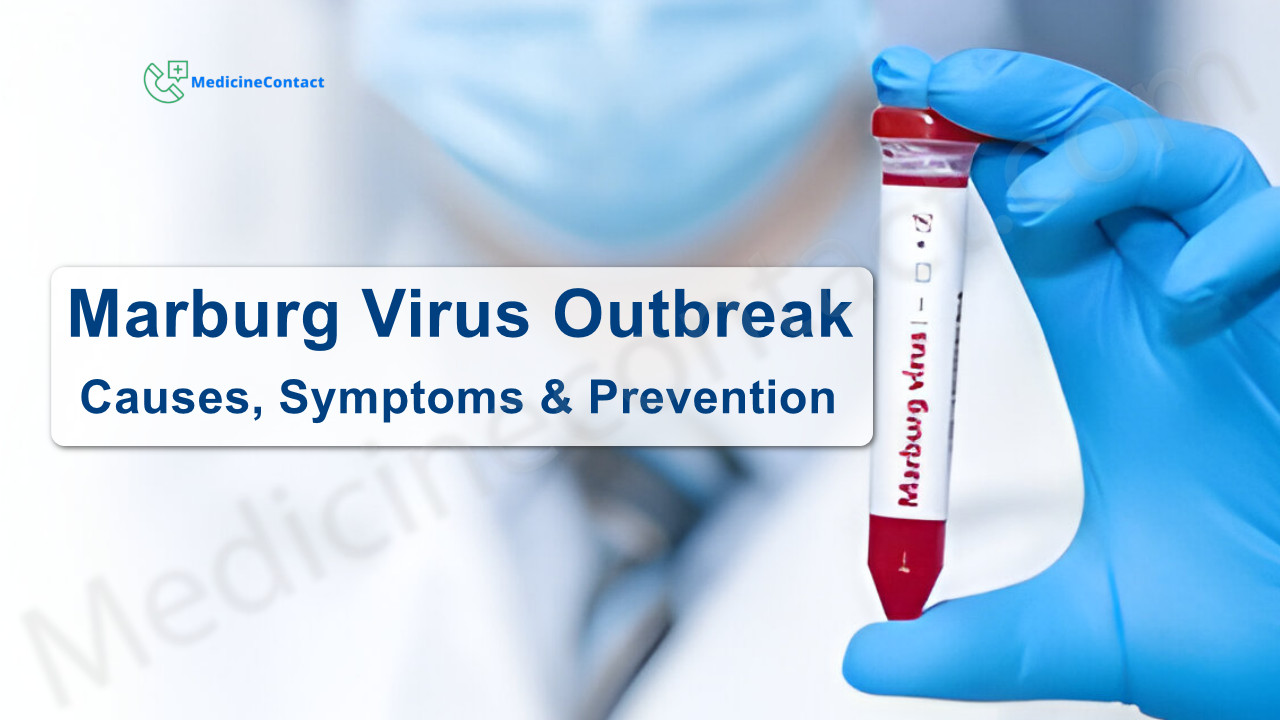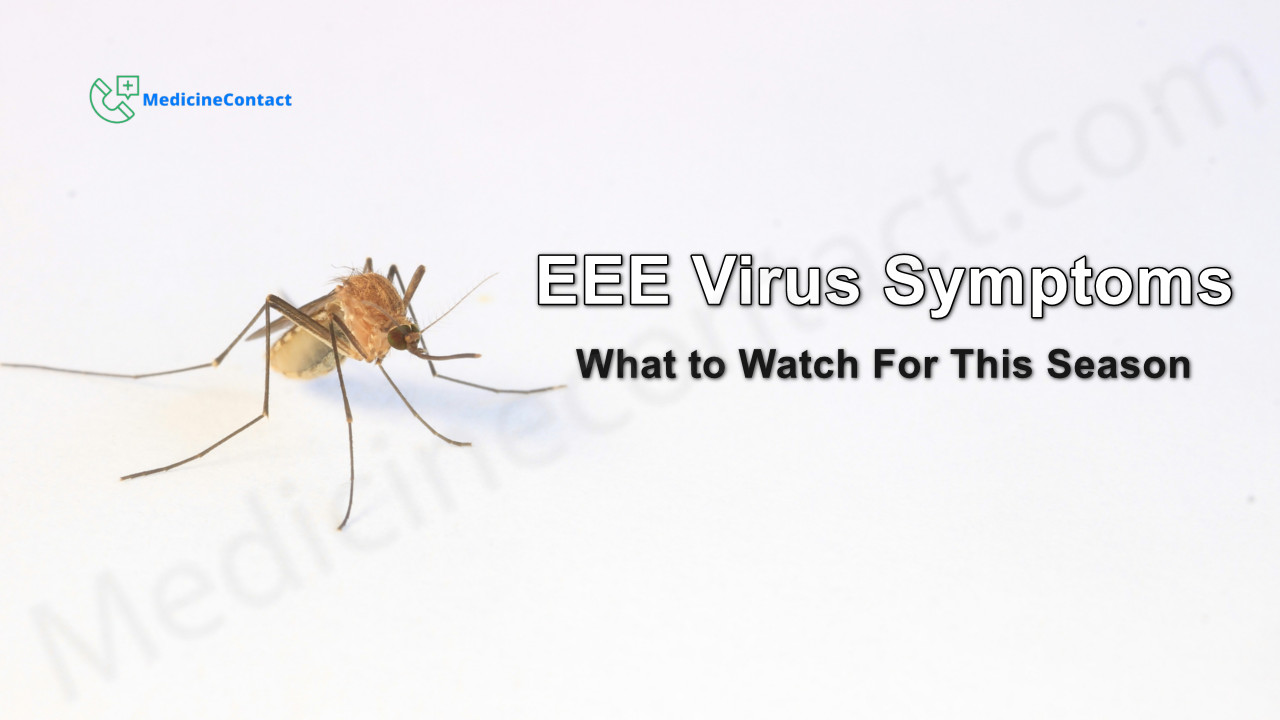
Treating a Gunshot Wound to the Heart
Gunshot wounds to the heart are extremely traumatic injuries. Time is critical for survival in these cases. Understanding key emergency response principles helps bystanders provide lifesaving aid until EMS arrival.
Anatomy of the Human Heart
The human heart sits centrally in the thorax, tilted slightly to the left. It has four chambers and associated major blood vessels supplying the lungs and body.
The right chambers pump blood to the lungs while the stronger left chambers drive circulation throughout the rest of the body. The aorta arises directly from the top left chamber, the left ventricle.
Bullet Trajectory Through the Heart
Penetrating trauma to the central thorax risks cardiac injury. The extent depends on bullet path, velocity, and fragment characteristics.
Lateral trajectories may tear through chamber walls or heart muscle without immediately preventing output. Conversely, vertically aligned shots can shred aortic roots or valves.
Severity Variation
Small caliber bullets or glancing passage may leave survivors. However, most direct center-mass hits on the heart prove fatal within minutes.
Rarely, a clot plugging the wound or bullet itself may temporarily limit hemorrhage. But any gunshot violating a heart chamber ultimately kills without prompt surgery.
Immediate Considerations for Cardiac Gunshot Wounds
Without intervention, penetrating trauma to the heart carries a dismal prognosis. But first responders can still impact outcome pending transport.
Call for Help
Activating EMS should occur almost simultaneously with beginning aid. Dispatchers can offer direction while teams mobilize.
Clearly state location, event, injury mechanism, and victim status. Give a call-back number. Answer questions directly so personnel know what to expect on arrival.
Address Life Threats
Airway, breathing, circulation - basic life support principals apply despite the violence. Provide rescue breathing if apneic. Be prepared to assist ventilations if the rate declines or hyperventilation begins.
Expectorate blood flooding the airway. Roll victims onto their sides to improve drainage if not contraindicated by other trauma.
Control Surface Bleeding
Apply direct pressure immediately to any visible blood loss sites not involving the thorax. Use thick dressings, packing bandages, even bare hands if needed to stem extremity hemorrhage.
Improvised tourniquets proximal to wounds remain controverial but may ultimatley prove lifesaving if bleeding seems uncontrolled.
Caring for Cardiac Gunshot Wounds Based on Entry Site
Penetrating injury location helps guide additional interventions, though all require expedited transport.
Anterior Chest Wounds
Front chest wall bullets may penetrate multiple organs before the heart. Tense swelling of neck veins indicates significant intra-thoracic hemorrhage.
Seal sucking wounds during exhalation without removing original bandages. Watch for tension pneumothorax if breathing declines. Decompress urgently if present.
Lateral Thoracic Wounds
Lateral trajectories risk injury to the lungs. However, the relative mobility leaves heart structures comparatively protected.
Nonetheless monitor vital signs closely even without obvious initial disturbance. Exit wounds suggest more extensive tissue disruption.
Posterior Chest Wounds
Shots entering through the back can shard bone fragments off the spine into the heart. Embed life-threatening secondary projectiles.
Assume vertebral damage in addition to probable cardiac injury. Prevent unnecessary movement to avoid spinal cord compression.
Pre-Hospital Cardiac Gunshot Wound Care Challenges
Though bystanders can initiate basic assistance, survival ultimately relies on rapid transport and surgical control.
Field Transport Priorities
Ideally EMS arrives within 10 minutes of injury given expected blood loss severity. Reduced times correlate better outcomes for penetrating heart wounds.
Minimize scene duration without delaying stabilization measures. Declaring transport priority to contacts at the receiving trauma center also expedites mobilization of surgical teams.
Field Intervention Limitations
Definitive hemorrhage control requires thoracotomy, open cardiac massage, and repair in an operating room. Pre-hospital interventions cannot replace missing circulation.
Likewise, collapsed lungs usually need chest tubes. Give high-flow oxygen but do not hyperventilate despite instinct as it can worsen bleeding.
Hypovolemic Shock Risks
Expect severe blood volume loss with cardiac perforation. Tachycardia, hypotension, cool extremities point to compensatory mechanisms failing.
Administer warm intravenous fluids per protocol to support circulation until formal transfusion. Heart function may decline rapidly without oxygenation.
The Future of Treating Penetrating Cardiac Wounds
Trauma education and improved pre-hospital coordination strives to maximize survival following catastrophic gunshot injuries.
Emphasis on Bystander Response Training
Even with optimal systems, initial minutes matter most. Expanding public access to bleeding control and basic life support skills better leverages this window.
Staging drills, widely available instruction builds community resilience. Further awareness can help activate onlookers to assist rather than just observe.
New Field Resuscitation Options
Research on portable extracorporeal membrane oxygenation (ECMO) machinery proposes another pre-hospital option for stabilizing victims started on invasive pumps.
Though cost and logistics limit broad implementation currently, survivor data continues accruing. Evolutions in automated devices may increase feasibility.
Improved Operative Coordination and Transport
Streamlining communication between field and trauma teams expedites readiness upon patient arrival. Electronic data integration further enhances speed.
Some services also experiment with physician-paramedic transport crews for clinical advances enroute. Direct attending presence during transfer maximizes treatment veracity.
FAQs
What first aid steps can bystanders take for a gunshot wound to the heart?
Key initial response priorities include calling for help, supporting airway/breathing, controlling external bleeding, and preparing for imminent transport to surgery. Also provide treatment within scope for any apparent shock.
How can you tell where a bullet has struck the heart?
Specific entry sites provide clues but cannot definitively exclude heart involvement. Monitor closely for signs of internal blood loss and respiratory decline with any penetrating thoracic wound until imaging and expert assessment.
What are the chances of surviving a gunshot wound to the heart?
Survival is very unlikely without rapid transport to trauma surgery. However, reported case examples demonstrate feasibility given immediate support. Outcomes improve the quicker bleeding can be controlled.
Can a bullet physically plug a cardiac wound to allow survival?
In rare cases, yes - a lodged bullet or associated debris may briefly stem blood loss. But this does not change the urgent need for operative repair. Temporary tamponade cannot be relied upon long-term.
Disclaimer: This article is for informational purposes only and does not constitute medical advice. Always consult with a healthcare professional before starting any new treatment regimen.




